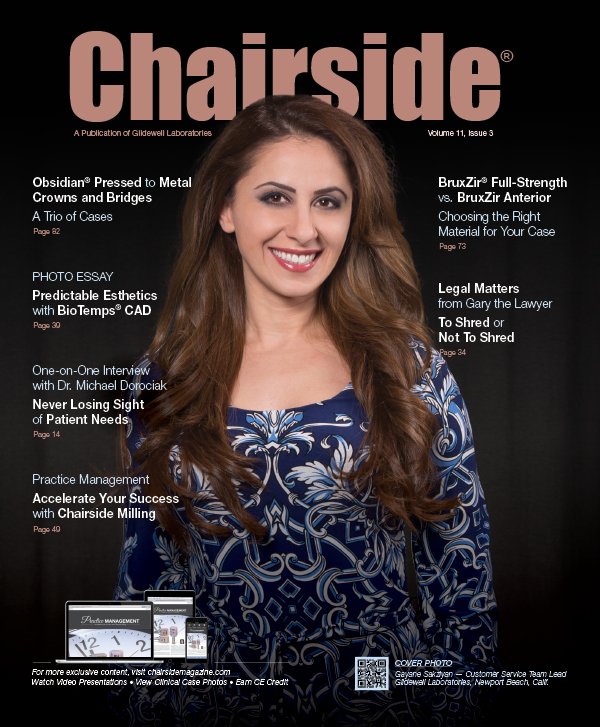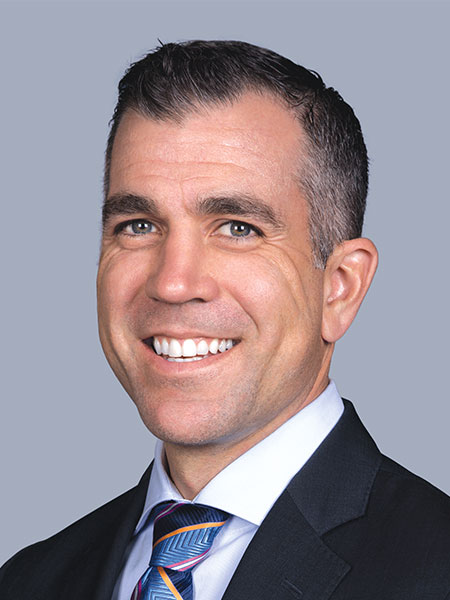Practice Management – Accelerate Your Success with Chairside Milling
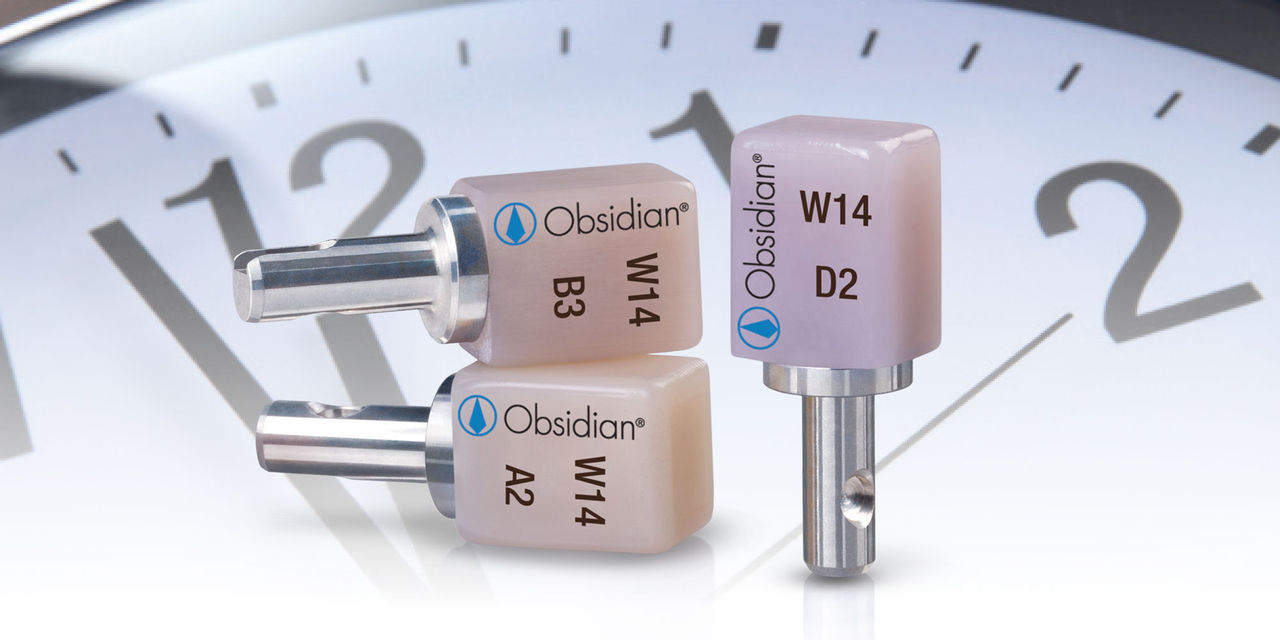
To the uninitiated, chairside milling can look overwhelming and expensive, making it tempting to quickly relegate the technology to “maybe one day” status. However, if you’ve yet to embrace this technology, you’re in a prime position for one simple reason: You can learn from the trials and travails of your predecessors. In doing so, your road to chairside milling is clear-cut, both financially and time-wise.
My own transition to chairside milling began more than 10 years ago, when I was a young dentist looking to eliminate a lab bill — or at least make a solid dent in it. I attended training for my newly purchased mill and jumped into fabricating chairside cases. Unfortunately, I soon discovered that any would-be chairside case demanded very specific intraoral situations, along with the right amount of time in my schedule and the exact shade in stock. Even after fulfilling all of these requirements, I would still find myself looking back at a case six months later and thinking, “I could’ve done better with a lab restoration.” With these cases lacking the lab quality I wanted, the best route was to take a break from chairside milling, but that left the machine’s price tag to become all the heftier now that it was in disuse. My chairside ventures had gotten off to an expensive start.
Fast forward to a few years ago, and I was eager to end a five-year break from chairside milling — once the right technology beckoned. The 3M™ True Definition Scanner (3M™ ESPE™; St. Paul, Minn.) hastened my return, mainly because the scanner’s price point meant I wouldn’t need to mill every case to justify the machine’s expense. I could choose to mill what I wanted, what I felt comfortable with, and what I knew would work for the patient. For more complex restorations, I could just as easily use the same scanning technology to send the impression off to the lab.
The other essential piece of the puzzle arrived with the Glidewell Dental TS150™ mill (Prismatik Dentalcraft, Inc.; Irvine, Calif.). Knowing I wanted to mill, but not exclusively, I valued the TS150 for its ease of setup and affordability. The latter quality is essential because chairside milling at its best should make your life easier, not burden you with onerous payments. With my TS150 mill and 3M True Definition Scanner, I’m able to fabricate lab-quality restorations that meet my standards on the day of seating, six months down the road, and beyond.
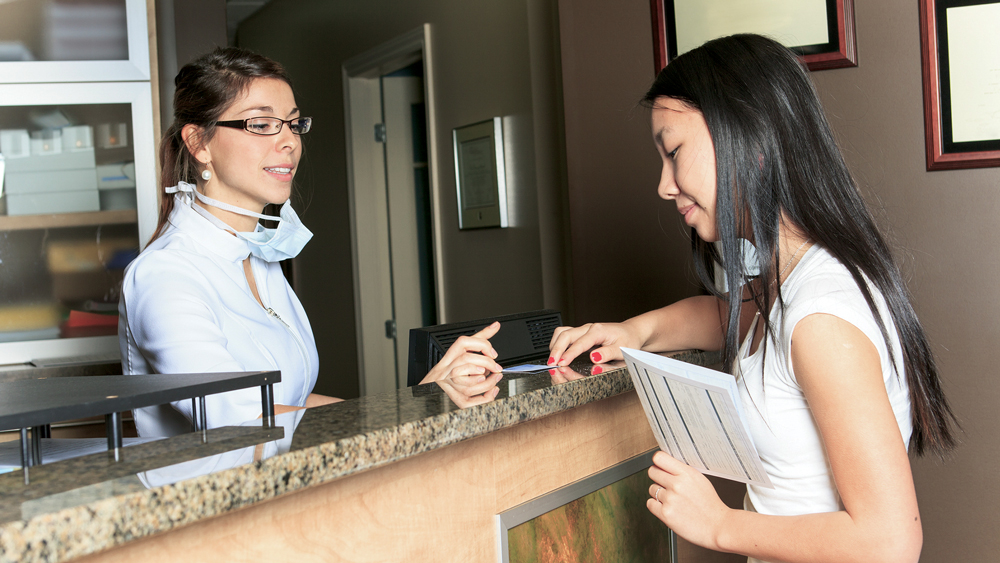
Of course, chairside milling is not a solo endeavor. Keeping your staff in step with the new workflow is essential, and not just so they know which milling blocks make sense for bruxers. Since day one, I’ve had staff members attend training with me for both chairside milling and scanning, and the results show in patient education. With my team up to speed, they’re able to identify cases that could benefit from chairside milling and tell those patients, “Hey, you know, this is something that we might be able to do in the office.” My staff knows the time constraints the office is under for the day, just as they know the time limitations that any given patient is facing. If there’s ever a question, staff members will ask me prior to scheduling a patient, “Is this something we can do in office, or are we going to send this to the lab?” Having my team in sync maximizes efficiency in both treatment planning and scheduling.

Lava™ Ultimate – Before
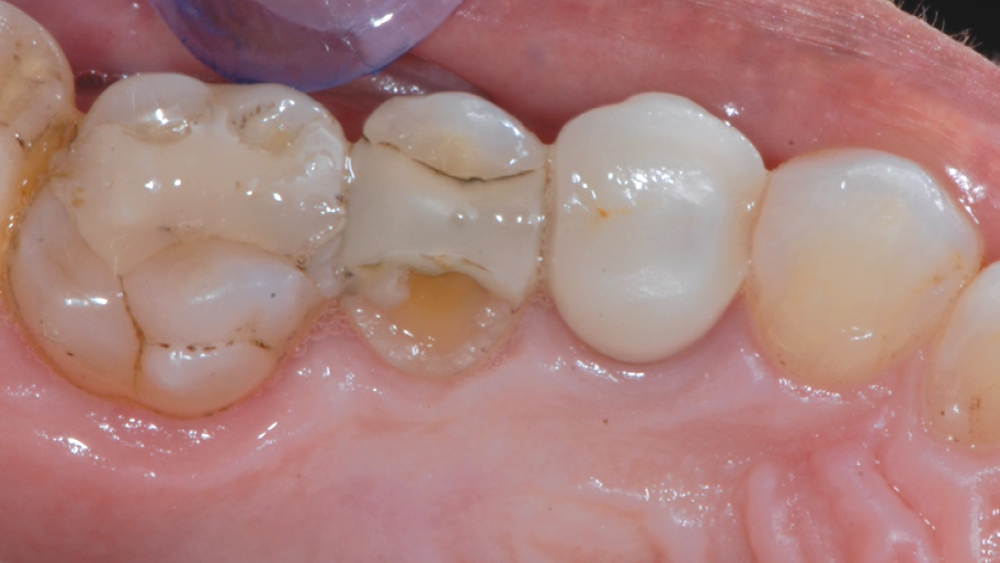
Lava Ultimate – After
Patients appreciate the increased efficiency, too. Whether they’re shocked, excited or some mixture of the two, I’ve found patients to be overwhelmingly positive when informed about chairside restorations. Same-day dentistry especially suits patients wrestling with fears of the dental chair, because you can spare them the anxiety of returning for a second appointment. Patients with hectic schedules are thrilled as well to be able to come in once and leave with a single-unit restoration just two hours later. Even in the rare instance that a chairside case can’t be finished in a single day, I can mill the restoration and seat it a day or two later. My turnaround time is still tighter than the lab’s, and the fit is better because the patient doesn’t have to be temporized for a week or even longer.
Striking upon the most time- and cost-effective use of your mill is largely a matter of case selection. If you’re an exacting clinician and you want perfection, a chairside mill isn’t your ticket to fabricating all of your anterior cases in-house. There have been rare occasions when I’ve milled anterior restorations, but I don’t do it on a regular basis. The same holds true for multiple units. To keep your day on the most efficient track, concentrate on single-unit posterior cases, and from there you just have to decide which milling block will yield optimal results.
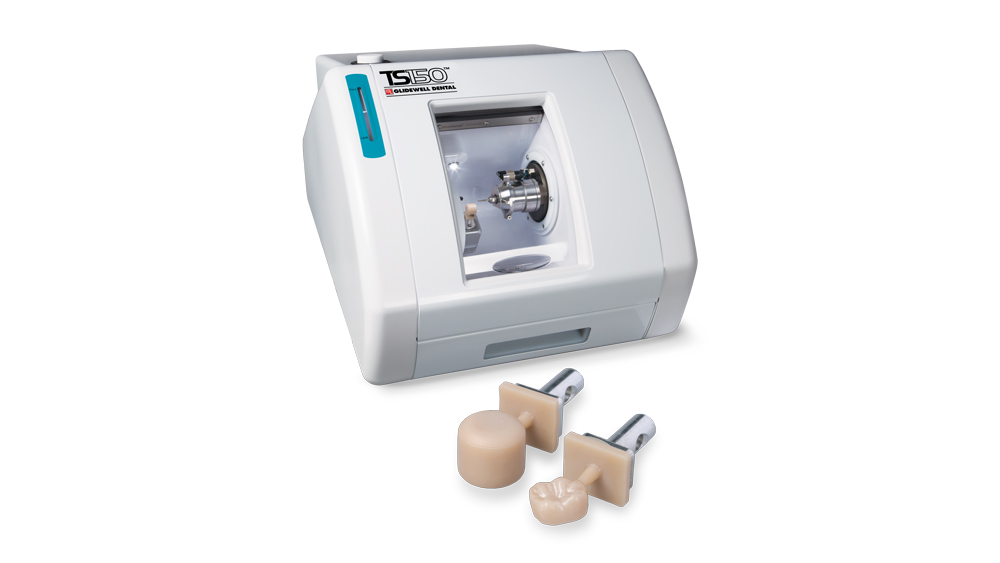
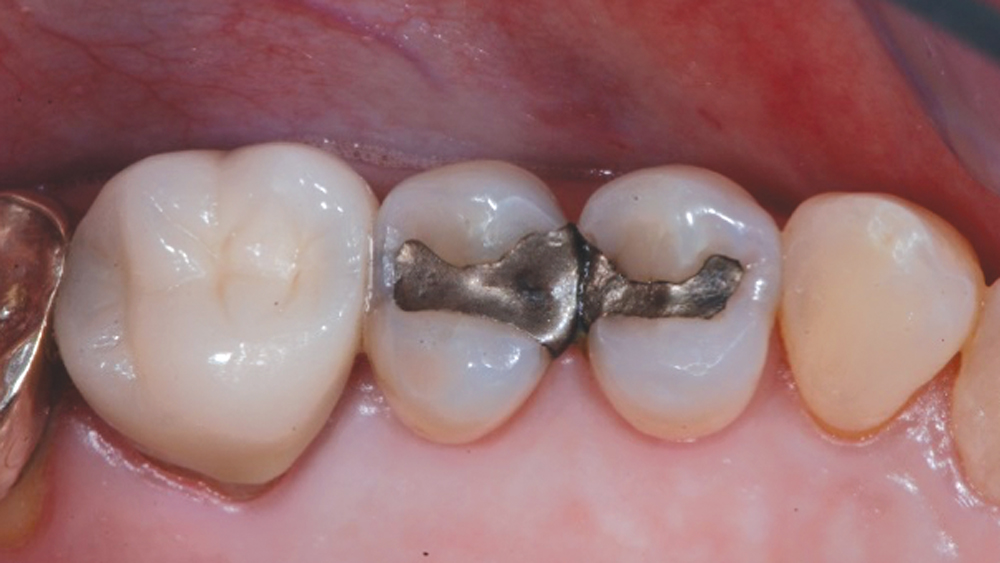
Obsidian® lithium silicate – Before

Obsidian lithium silicate – After
For inlays and onlays, I use either Obsidian® milling blocks (Glidewell Laboratories; Newport Beach, Calif.) or Lava™ Ultimate (3M ESPE), depending upon the patient’s occlusion and esthetic needs. Full-coverage restorations can vary between BruxZir® NOW and Obsidian. If I have a case where esthetics are not a huge concern and the block’s shade matches the patient’s dentition, I’ll mill a BruxZir NOW crown for a second molar or even a first molar. If a patient’s occlusal forces are controlled and heavy grinding isn’t a factor, I’m very confident with milling an Obsidian crown for a molar or a premolar. In addition, VITA ENAMIC® (VITA Zahnfabrik; Bad Säckingen, Germany) sometimes makes its way into the rotation of materials.
With my collection of milling blocks, each ready to be transformed by my TS150 and 3M True Definition Scanner duo, I’m ably equipped to provide patients with lab-quality restorations in a fraction of the time. The materials are vetted, the workflows are proven, and today’s systems are affordable. Most importantly, affordability has not supplanted accuracy. Unbound from the formidable fees of the past, you can choose chairside cases on your own terms and provide your patients with high-quality restorations that require minimal hassle.
Disclosures
Dr. Chad Duplantis is a consultant for 3M ESPE Dental.

